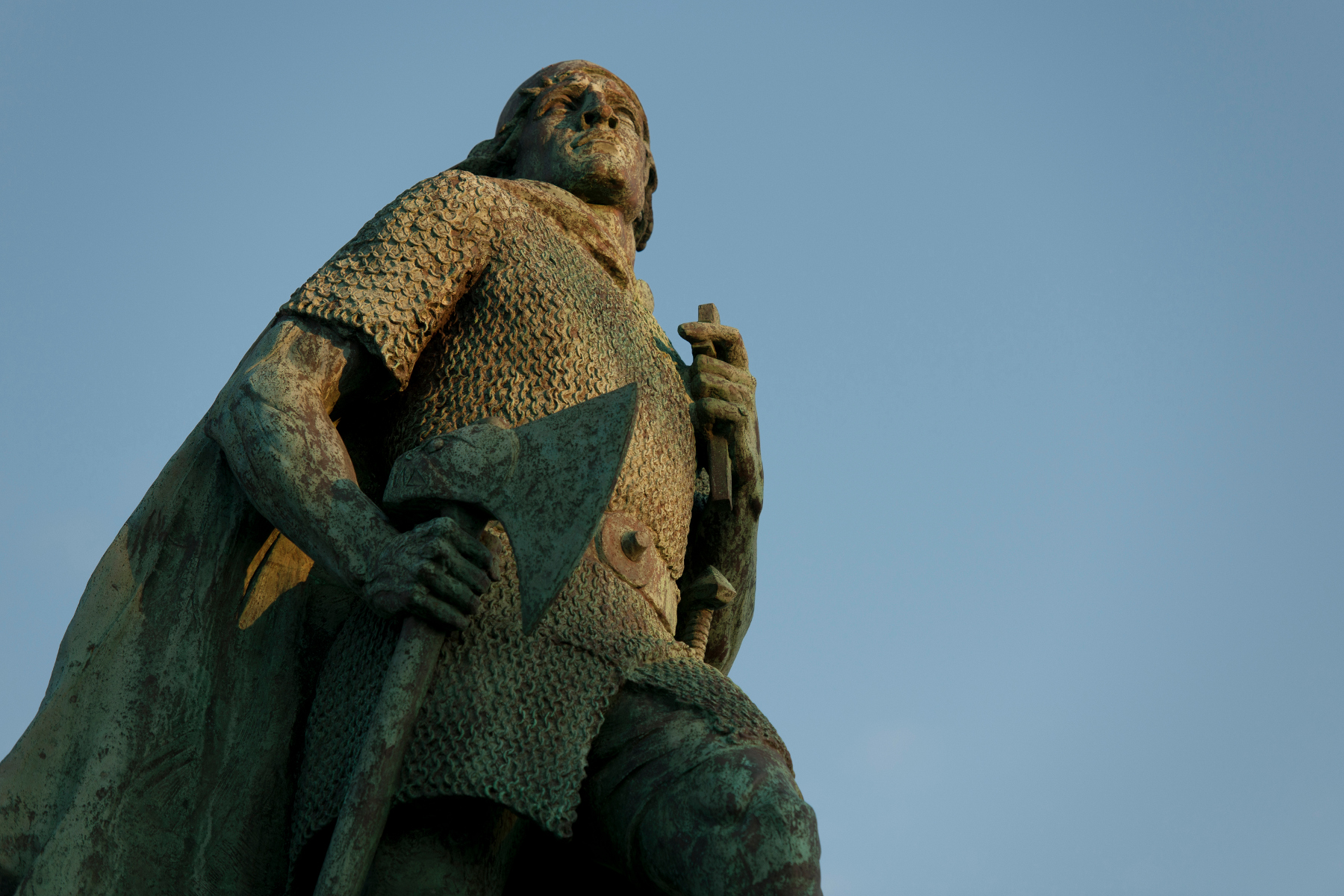
Iceland’s Age of Settlement unfurled between 870 and 930, and its stories live on through imaginative and enduring sagas. These epic, brutal tales flower repeatedly with wisdom, magic and elegiac poetry and recount the stories of sprawling families, doomed romances and larger-than-life characters. Written Icelandic has changed far less over the centuries than most languages, and Icelanders of all ages can quote chunks of the sagas, know the farms where the characters lived and died, and flock to cinemas to see the latest film versions. Check out the Icelandic Saga Database for more.
Egil Skallagrímsson & Borgarnes
Legend has it that complex and devious warrior-poet Egil Skallagrímsson was the grandson of a werewolf. His family’s marauding adventures and the vivid story of the settlement of the area around Borgarnes in West Iceland is brought to life in Egil’s Saga.
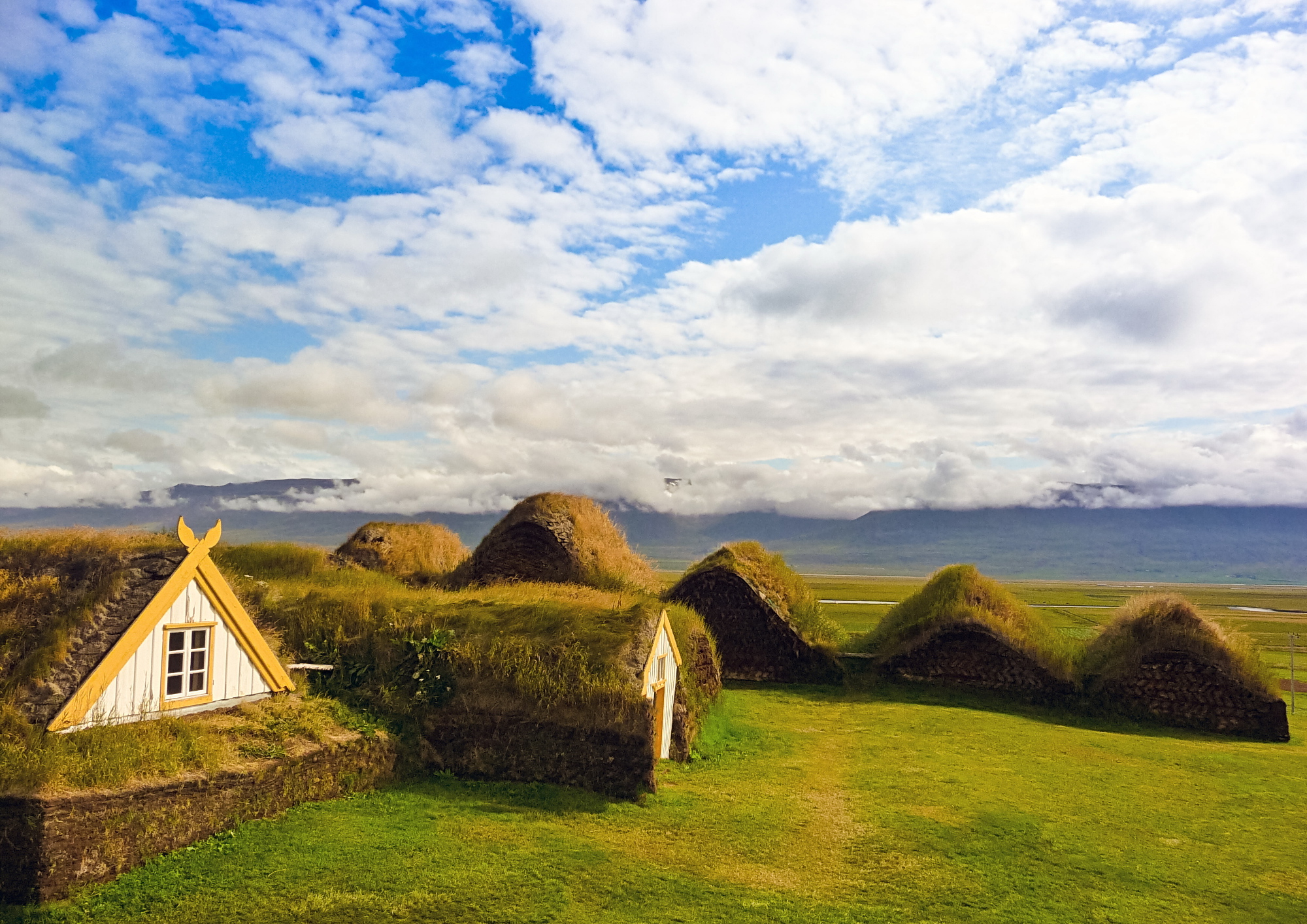
West Iceland, within easy reach of Reykjavík, unfurls from the lush coastal plains where Egil’s family settled to a dramatic interior where a jagged volcanic landscape extends towards glacier-topped mountains. Just north of Borgarnes, the long finger of the Snæfellsnes Peninsula is dotted with waterfalls, lava fields, glaciers and top whale-watching spots.
Today, you can visit key saga sites in Borgarnes, including Borg á Mýrum, where Skallagrímur Kveldúlfsson, Egil's father, created his farm. The various locations are marked by cairns and explained via an excellent smartphone audioguide.
One of the most dramatic moments in Egil's Saga occurs when Þorgerður Brák, Egil's nursemaid, heroically saves his life when his father tries to kill him. Today a sculpture marks a spot near where she leapt into the sea while trying to outrun Skallagrímur. The town still celebrates her with an annual festival in late June.
Don’t miss the excellent Borgarnes Settlement Centre, which vividly retells Egil’s tale as well as the background of settlement in Iceland. Their restaurant is also one of the best in the region, so plan to stay for a meal, or overnight in lively Borgarnes.
Ingólfur Arnarson & Reykjavík 871±2: The Settlement Exhibition
In 871, Norwegian Viking Ingólfur Arnarson, one of Iceland’s first permanent inhabitants, sailed to the southwest coast and through a tried-and-true pagan ritual made his home in a bay that he dubbed Reykjavík (Smoky Bay), after the steam from its thermal springs.
Arnarson established a farmstead whose remains are buried beneath central Reykjavík. His fields have since become the hills around Lækjargata boulevard, but you can visit an unearthed longhouse at the outstanding Reykjavík 871±2. This brilliantly curated exhibit surrounds the longhouse with high-tech displays and priceless Settlement Era artefacts, showing how the original settlement developed. You can explore the walls of the longhouse and peruse embedded animal bones (which may have been talismans) and the boundary wall, the oldest man-made structure in Reykjavík.
Eiríkur Rauðe (Erik the Red) & Eiríksstaðir
Erik the Red is known to many North Americans as the father of Leifur Eiríksson (aka Leif the Lucky), the first European to visit America. Leif explored the coastline of northeast America in the year 1000 and named the new country Vínland (Wineland). Erik himself was a Norwegian outlaw banished for manslaughter, and while Viking raids shook Europe, he headed west with around 500 others in 986 to found the first permanent European colony in Greenland. The tales of the adventuring family are recounted in the Saga of Erik the Red and Saga of the Greenlanders.
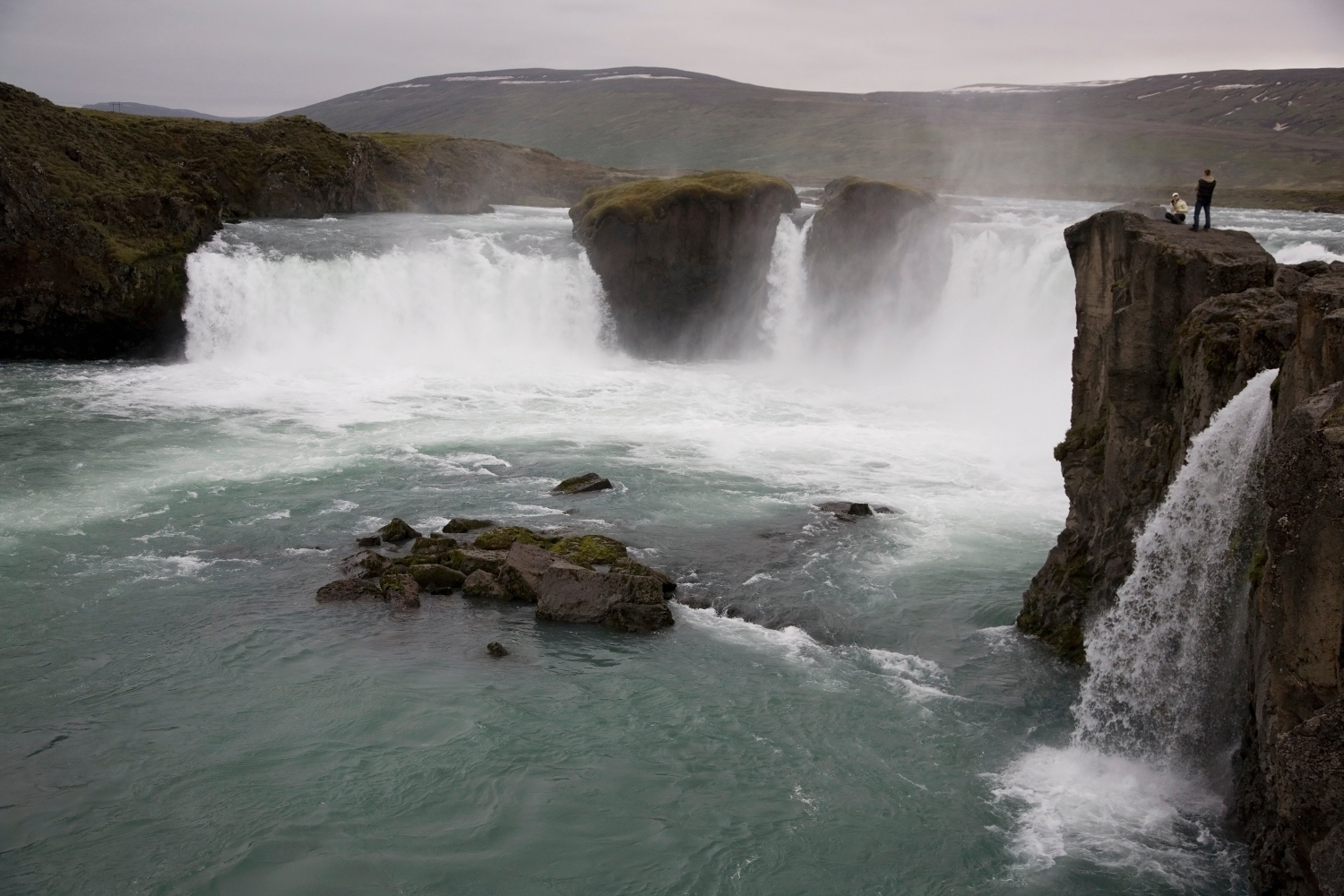
West Iceland’s Dalir region is a fertile bridge of hay fields and rust-coloured buttes between the agricultural coast and the Westfjords’ untouched splendour. Here, Eiríksstaðir was Erik’s home for a time. Although only a faint outline of the original farm remains, a reconstruction turf house has been built using contemporary tools and materials, and you can take guided tours. You can also pop over to Búðardalur, on the coast, where the Viking exhibit at Leifsbúð details the stories of Erik and Leif.
Njál’s Saga & Hvolsvöllur
In the dramatic events of one of Iceland’s favourite sagas, Njál’s Saga, two of Iceland’s greatest heroes, the friends and neighbours Njál Þorgeirsson and Gunnar Hámundarson, are drawn into a fatal, 50-year family feud. A squabble between Njál and Gunnar’s wives is a prelude to battles and vendettas that ultimately leave almost every character dead.
The area around the small town of Hvolsvöllur, in South Iceland, was the setting for these bloody events. Here, verdant strips of farmland are punctuated by stout crags streaming with waterfalls. Hvolsvöllur’s extensive Sögusetrið (Saga Centre) uses interactive displays to illustrate the many twists and turns of the story. Visitors can add stitches to an intricate 90m embroidery of the saga.
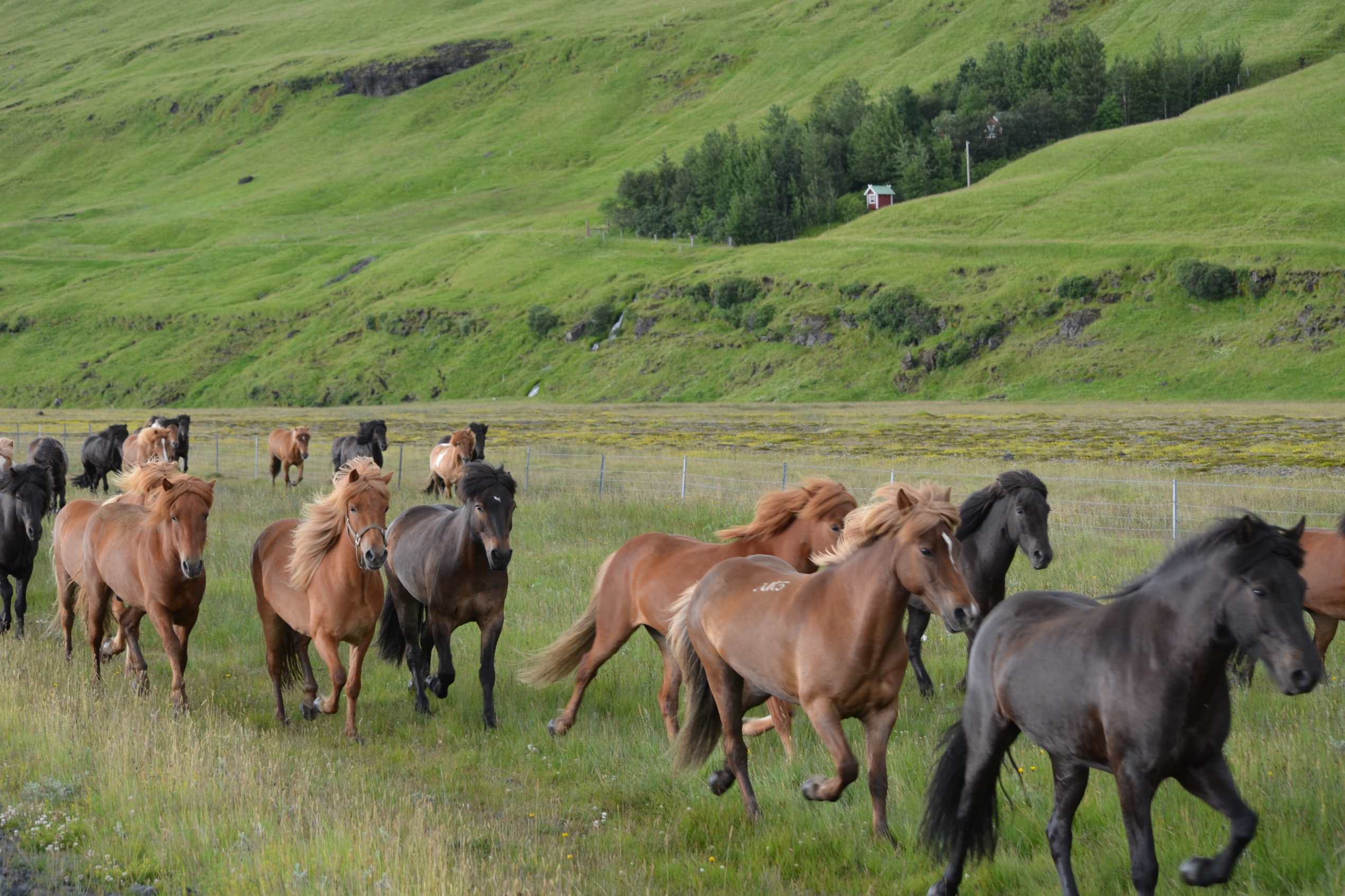
About 5km west of Hvolsvöllur, the medieval turf-roofed farm at Keldur once belonged to Ingjaldur Höskuldsson, a character in Njál’s Saga, and is open to the public in summer.
Doomed hero Gunnar came from Hlíðarendi along the nearby lush Fljótshlíð hills, still the site of a farm and church. Visitors can also sleep over at the guesthouse at Bergþórshvoll, Njál’s former farm, now a sheep farm.
Gaukur Trandilsson & Stöng
Gaukur Trandilsson, a 10th-century Viking, lived a tempestuous life, and brief mentions in 12th-century graffiti in Orkney, in Njál’s Saga and in a medieval rhyme hint that Trandilsson had a fling with the housewife at the nearby farm Steinastöðum and was killed over the affair by his foster-brother in an axe duel.
Today, if you’ve got a 4WD vehicle, you can bushwhack deep into Icelandic nature to visit the ruins of his ancient farm at Stöng, in South Iceland. It lies up the vast valley of the Þjórsá river, which courses down from the highland glaciers and rims fierce Hekla volcano. Once you cut off the main road (Route 32), and rattle across lava-field roads to reach the site, you'll find stone-lined fire pits and door lintels made from octagonal basalt columns in a desolate landscape. A walking path behind Stöng leads a couple of kilometres to a lovely lush little valley, Gjáin, full of twisting lava, surreal caves and brilliant waterfalls. It was a filming location in Game of Thrones.
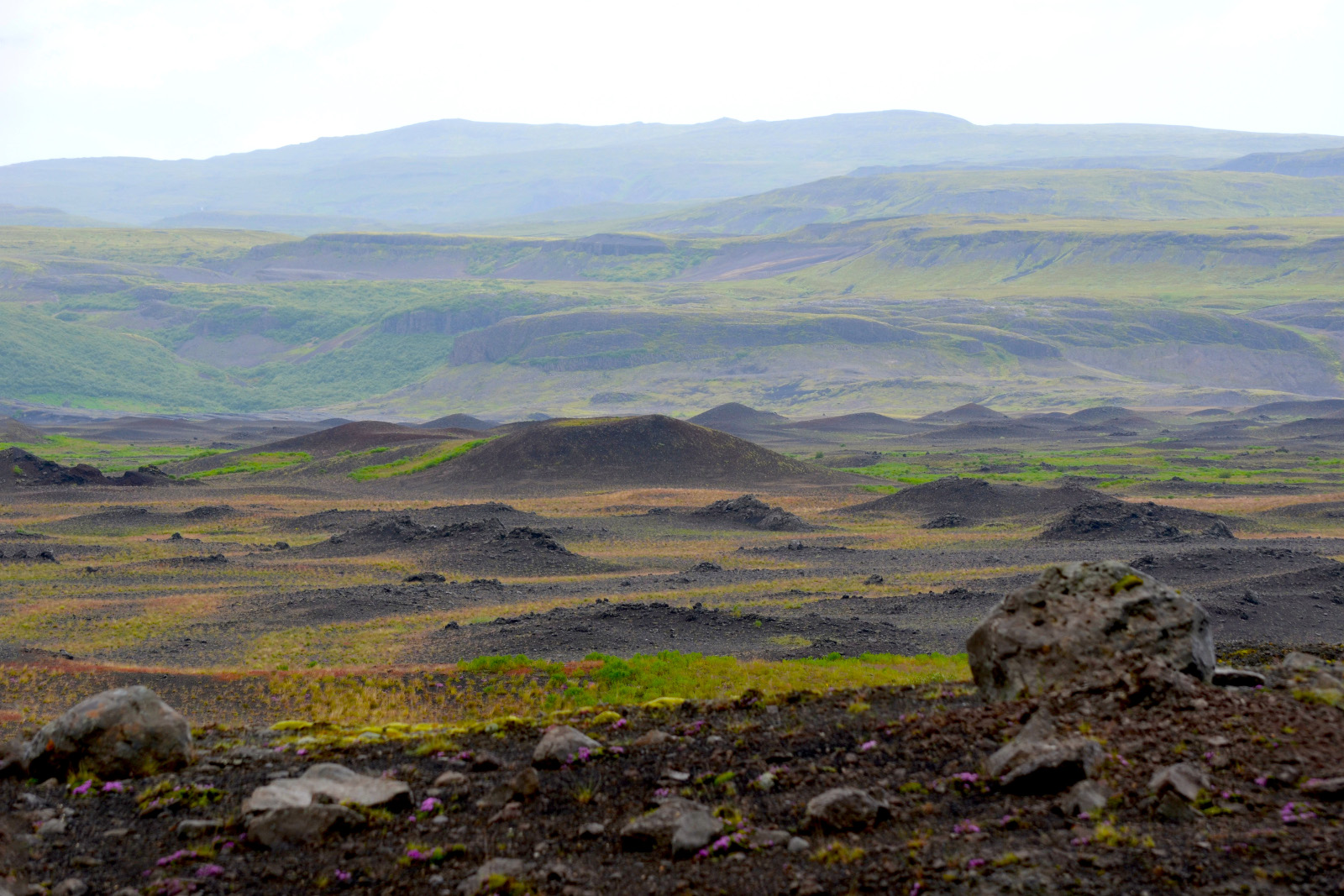
Just off Route 32, and easier to access, Þjóðveldisbærinn is an exact reconstruction of Stöng, reproducing its layout and accompanying church, and is one of the best representations of medieval Icelandic dwellings. You can’t miss it, near the entrance to the thundering Búrfell Power Station.
Other top Viking sights
Þingvellir The world’s oldest existing parliament, the Alþingi, was founded in 930 in this spectacular, immense rift valley 23km east of Reykjavík. Stone foundations of the ancient encampments remain.
Víkingaheimar (Viking World) In Njarðvík, east of Reykjavík, visit this Norse exhibition centre featuring 23m-long Íslendingur, an exact reconstruction of the Viking Age Gokstad longship.
Eyrbyggja saga sites Visit spooky canyons, lava fields and monumental statues around the Snæfellsnes Peninsula in West Iceland, to follow in the footsteps of this and other offbeat stories involving ghosts and pagan rituals.